Intermittent glucocorticoid treatment enhances skeletal muscle performance through sexually dimorphic mechanisms
- PMID: 35143417
- PMCID: PMC8920338
- DOI: 10.1172/JCI149828
Intermittent glucocorticoid treatment enhances skeletal muscle performance through sexually dimorphic mechanisms
Abstract
Glucocorticoid steroids are commonly prescribed for many inflammatory conditions, but chronic daily use produces adverse effects, including muscle wasting and weakness. In contrast, shorter glucocorticoid pulses may improve athletic performance, although the mechanisms remain unclear. Muscle is sexually dimorphic and comparatively little is known about how male and female muscles respond to glucocorticoids. We investigated the impact of once-weekly glucocorticoid exposure on skeletal muscle performance comparing male and female mice. One month of once-weekly glucocorticoid dosing improved muscle specific force in both males and females. Transcriptomic profiling of isolated myofibers identified a striking sexually dimorphic response to weekly glucocorticoids. Male myofibers had increased expression of genes in the IGF1/PI3K pathway and calcium handling, while female myofibers had profound upregulation of lipid metabolism genes. Muscles from weekly prednisone-treated males had improved calcium handling, while comparably treated female muscles had reduced intramuscular triglycerides. Consistent with altered lipid metabolism, weekly prednisone-treated female mice had greater endurance relative to controls. Using chromatin immunoprecipitation, we defined a sexually dimorphic chromatin landscape after weekly prednisone. These results demonstrate that weekly glucocorticoid exposure elicits distinct pathways in males versus females, resulting in enhanced performance.
Keywords: Calcium; Endocrinology; Insulin signaling; Muscle Biology; Skeletal muscle.
Conflict of interest statement
Figures
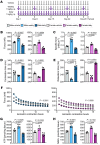
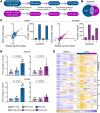
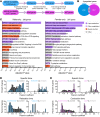

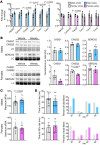

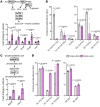




References
Publication types
MeSH terms
Substances
Grants and funding
LinkOut - more resources
Full Text Sources
Other Literature Sources
Medical
Molecular Biology Databases
Miscellaneous

